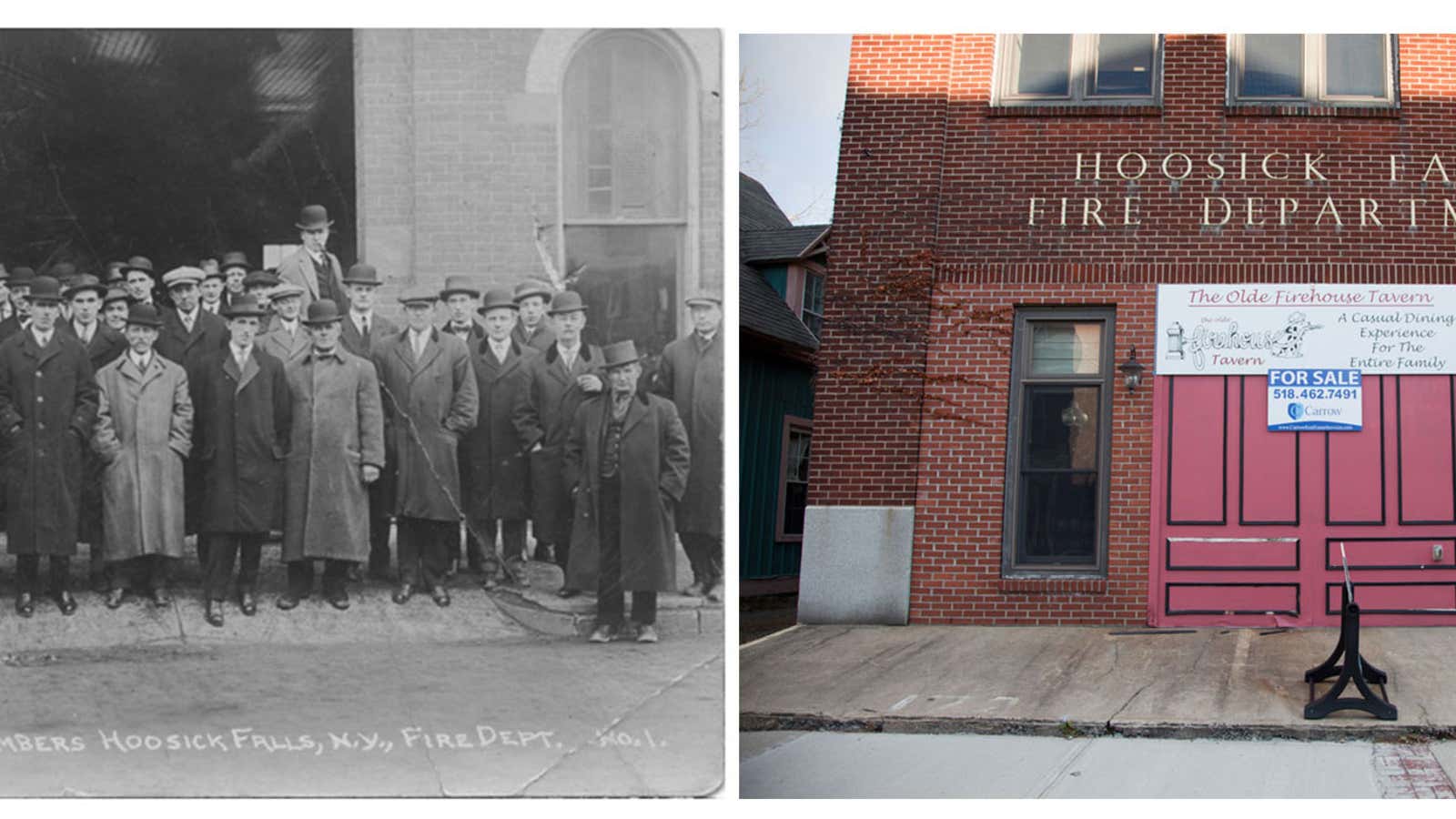The United States has 523 fewer municipalities today than it did in 2007; Hoosick Falls, N.Y., could be the next to go
HOOSICK FALLS, New York—Decades of persistent unemployment, a shrinking tax base, and an aging population have led to this public hearing where residents will debate whether to dissolve their 185-year-old village. The Hoosick Falls senior center is packed and buzzing: standing room only.
In its heyday, Hoosick Falls, New York, was an industrial boomtown. The town’s major employer, Walter A. Wood Mowing and Reaping Co., was the largest manufacturer of farming equipment in the world by the 1890s. Other businesses and factories were drawn to Hoosick Falls and the population swelled to 7,000 as the village boomed. But after the industrial revolution, the plant failed to produce self-propelled farming equipment. Unable to compete competitors like John Deere, the factory shuttered in the 1920s. In the 1970s, the vast, vacant plant fell victim to arson.
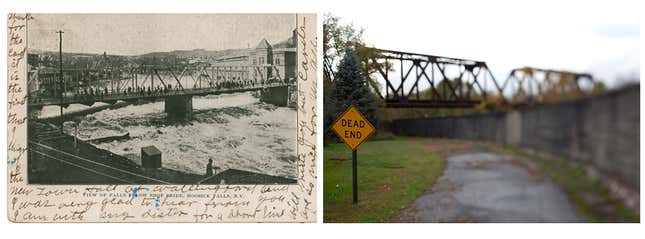
Two factories remain in this faded boomtown, and even their tenure in Hoosick Falls is uncertain as more industry is outsourced or moved closer to major cities. Albany, the closest city, is an hour away. One of Hoosick Fall’s major employers, the Japanese-owned factory Oak-Mitsui, is down to a skeleton crew.
“Hoosick Falls went from being a manufacturing epicenter to having nothing,” says Dennis Casey, a Hoosick Falls village resident and member of the dissolution steering committee.
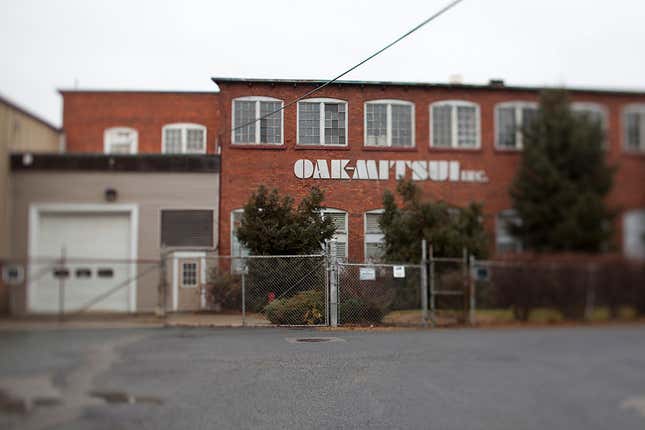
As industry trickled away, so did the jobs and the people. The population has halved since the village’s prime. The mayor of Hoosick Falls, Matthew Monihan, has little choice but to consider dissolution.
“I try not to count,” says Monihan, “But just walking the dog the other night I counted 19 vacant buildings. There is zero construction, and six buildings have been torn down the last six years, three buildings in last year alone. Hoosick doesn’t have a lot to offer. This is a different town than the one I grew up in.”
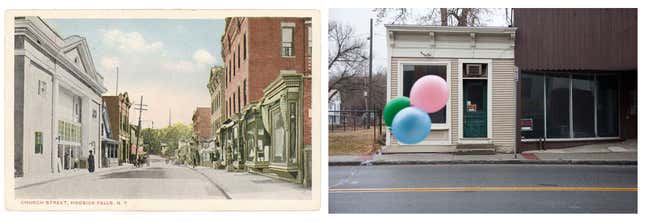
The Village of Hoosick Falls is not alone.
The prolonged troubled economy has forced small towns and villages across the United States to consider drastic cost saving measures in order to stave off bankruptcy. According to the US Census of Governments, ten states have seen a significant number of dissolutions between 2007 and 2012.
Kansas and Nebraska saw the most dramatic cut in municipalities, with Kansas losing 85 townships and Nebraska dropping 35. The US has 523 fewer governments today than it did in 2007 as more and more small towns sputter into dissolution. According to the American Bankruptcy Institute, 35 municipalities have gone bankrupt between 2007 and 2012.
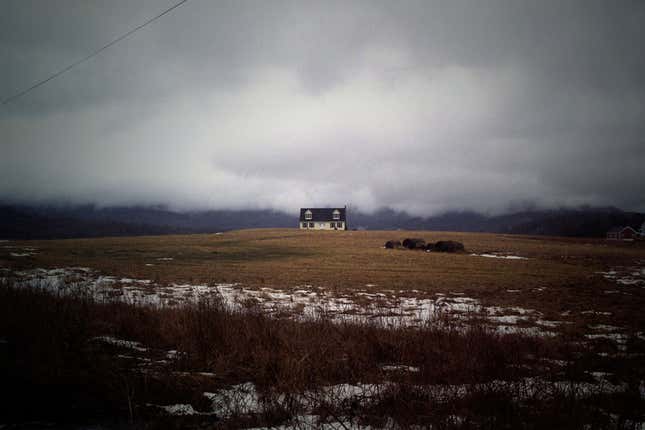
Paul Bishop, a consultant from the Center for Governmental Research, paces the front of the room at the public hearing in Hoosick Falls. His shiny shoes and sharp suit are out of place in this room of oil-slicked jeans and work boots. “Just think of dissolution as a company going out of business,” he says at the start of his presentation.
Bishop explains that in an effort to cut New York’s notoriously high taxes, New York’s Governor Andrew Cuomo initiated a program to encourage multi-layered local governments to consolidate or dissolve.
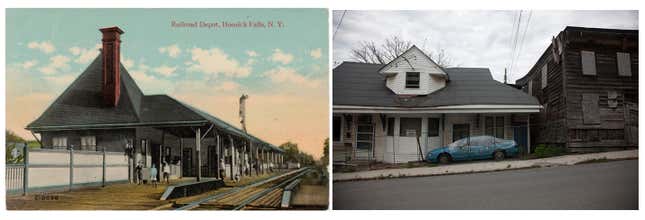
According to the Center for Governmental Research, 43 villages in New York have dissolved since 1920, and 25 villages have considered dissolution over the past four years while 8 have elected to dissolve.
The Village of Hoosick Falls was incorporated in 1827 to provide a wider range of services for its residents. But in order for taxpayers to save money, municipal services must be cut or consolidated. The town of Hoosick Falls is a separate (largely rural) municipality from the village. Because town residents do not pay for village services such as street lamps, side walks, or a police force, their taxes are lower than the village’s.
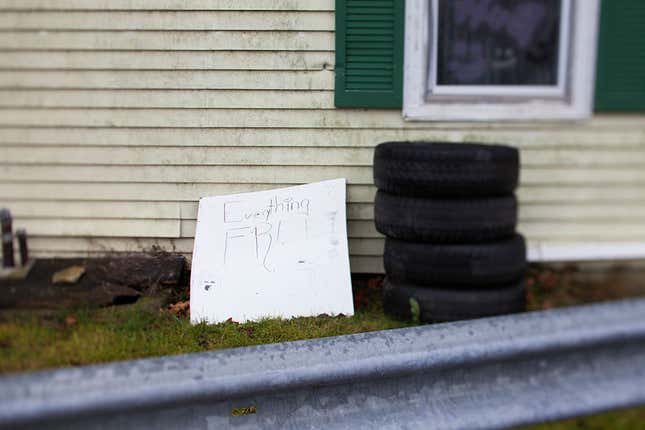
If the Village of Hoosick Falls elects to dissolve, the Town of Hoosick is supposed to take over the village’s services, including the library, fire department, garbage collection, and plowing. Although the town’s responsibilities will double, neither the town board nor town residents get to vote on the village’s future. Paul Bishop quickly notes that the town has not officially agreed to assume all village services but is optimistic the town and the village will work it out.
Upon concluding an in-depth study, the Center for Governmental Research recommends three dissolution options for the struggling village.

Option one, the village dissolves: The mayor, board of trustees, village clerk, deputy clerk, treasurer, the department of public works superintendent, the building inspector, and the village tax assessor would all lose their jobs. But the most dramatic cut would be the entire Hoosick Falls Police Department. Not only would all police department employees lose their jobs, the county and state police would become responsible for patrolling this isolated community.
There are some obvious concerns with this option. Hoosick Falls is located in a remote corner of Rensselaer County and response time to emergency calls could be up to an hour were the Hoosick Falls Police to be eliminated.
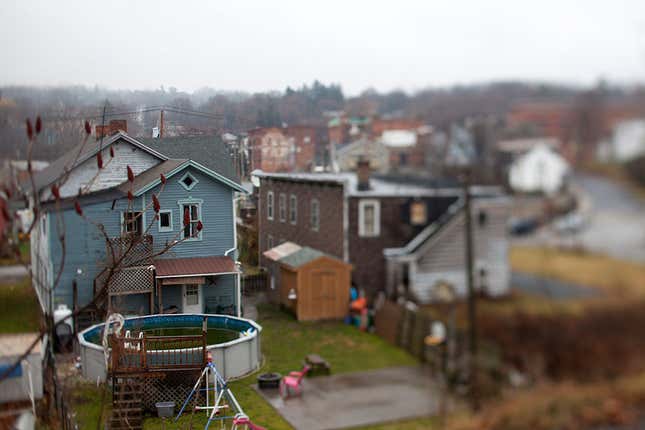
According to Chief Ashe, Hoosick Falls leads Rensselaer County in drunk-driving incidents, and this small village of 3,500 is responsible for 15% of all domestic abuse cases in the county. “I understand why people are looking at dissolution. This place as fallen on hard times and people can’t keep paying high taxes, but we’ve answered over 3,000 calls and made 200 arrests in 2012 alone. We need a police force.”
With this dissolution option village residents would see a percentage of their taxes decrease by 55%. Town residents would see their taxes decrease by 8%. School, county, fire, and library taxes, which account for 72% of people’s taxes, will not be affected by dissolution. In short, the savings aren’t great.

Hoosick Falls’ second dissolution option calls for every job elimination as the first, but the town of Hoosick Falls would take over the village police department and absorb the $390,000 cost. Village taxes would decrease 45%, but town taxes would increase 23%, a possibility already unpopular with current town residents. There is also no guarantee that the town would take over the police force, or if they did, how long they would maintain it.
The village’s third option would be to share some municipal services with the town. The potential savings however are only projected to be $5,000. Due to this option’s miniscule savings, it has not been considered viable. The first dissolution option is also unpopular, as residents do not wish to be without a police force. As of now, the second option is the most widely considered.
A decision about dissolution will not be made until March, but Mayor Monihan is hoping lower taxes will draw businesses and residents to the area. “Something has to change,” he says. “Right now we’re struggling, but getting by. If we keep going like this, in ten years we might not be getting by at all.”
Holzer-Glier was raised in Hoosick Falls. See more of her work at LiliHolzerGlier.com
